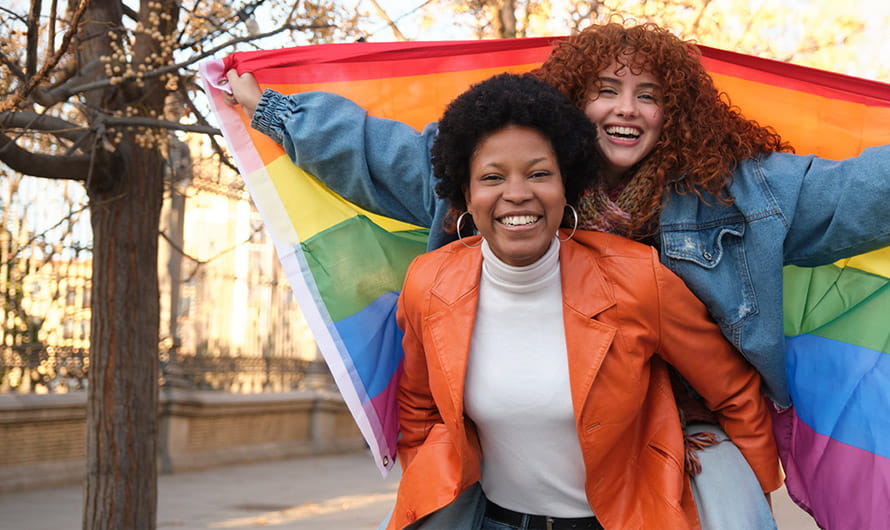LGBTQ+ People and Stroke
LGBTQ+ adults experience significant psychosocial stressors that compromise their health across the life span.

Stroke impacts Lesbian, Gay, Bisexual, Transgender and Queer or Questioning (LGBTQ+) communities at higher rates — yet many risk factors go undetected or untreated.
- The majority of LGBTQ+ adults report experiencing discrimination from a health care professional, leading to delayed care and unmanaged health issues.
- Bias, stereotyping and a lack of culturally sensitive providers are barriers to quality care.
- Social stigma and discrimination against LGBTQ+ people put them at higher risk for mental health disorders and chronic stress, which can lead to long-lasting damage to the body and brain.
- Chronic stress, discrimination and less access to health care may contribute to higher risk of stroke.
- Some stroke risk factors can’t be controlled — such as age, gender, social conditions, family medical history and previous strokes. But approximately 80% of strokes are preventable.
Stroke Risk Factors in LGBTQ+ People
- Stress
- High blood pressure
- HIV/Aids
- Not exercising regularly
- Smoking
- Hormone therapy
- Obesity
How to Control Your Risk
- Know your numbers (ex: blood pressure, cholesterol).
- Eat more fruit and vegetables.
- Reduce salt in your diet.
- Increase physical activity.
- Quit smoking.
- Lose excess body weight.
- Manage stress.
- Take any recommended medications.
- Talk with your health care team about your personal risk(s).

Learn more about risk factors and ways to control them by reading the fact sheet.
Additional Resources
Help us spread awareness about how stroke impacts the LGBTQ+ communities through a community presentation.
Read about inequalities across several risk factors affecting LGBTQ+ adults.
Assessing and Addressing Cardiovascular Health in LGBTQ Adults: A Scientific Statement